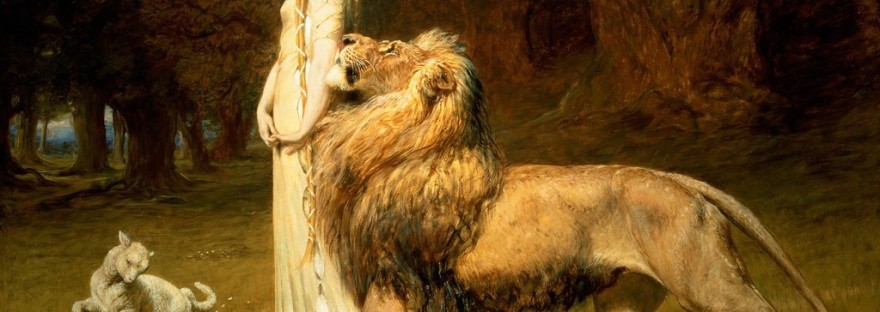Poetry and literature often explore the difference between idealism and reality. Poets are considered highly idealistic people, perhaps even the messengers of humanity’s highest ideals, since fiction allows ideas to reign free without being bothered by cumbersome reality. Ideal morals and, of course, ideal love are some of the most common themes of literature and poetry.
Poetry tends to exalt the ideal and lament the disappointments of reality. Idealism includes high morals, usually pertaining to biblical standards. Good characters are portrayed as virtuous, living by a moral code.

Ideal love, another major poetic theme, tends to be portrayed as highly passionate, exciting, and smooth in the sense that practical issues such as financial trouble or arguments between a couple are not included in its depiction.
“The Passionate Shepherd to His Love” is a quintessential ideal love poem, only focusing on the pleasant aspects of love without mentioning the inevitable struggles. However, poetry may also acknowledge the disappointment that reality brings. Virtue must struggle against sin; in The Faerie Queene, this struggle causes great problems for Red Cross Knight, whose battle with sin is relentless. “The Nymph’s Reply to the Shepherd” gives a reminder that life is difficult and love does not always last. While poetry exalts the highest ideals, the bitterness of reality is also confessed with raw honesty.
